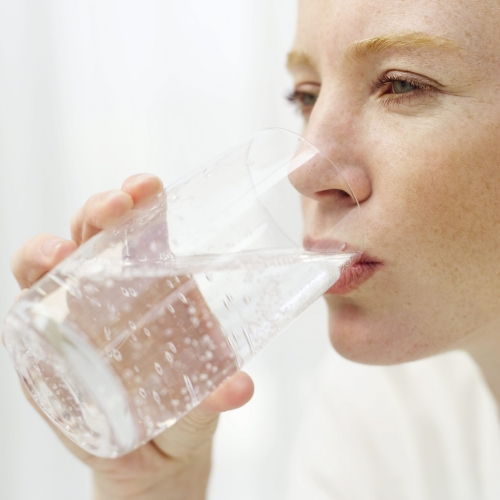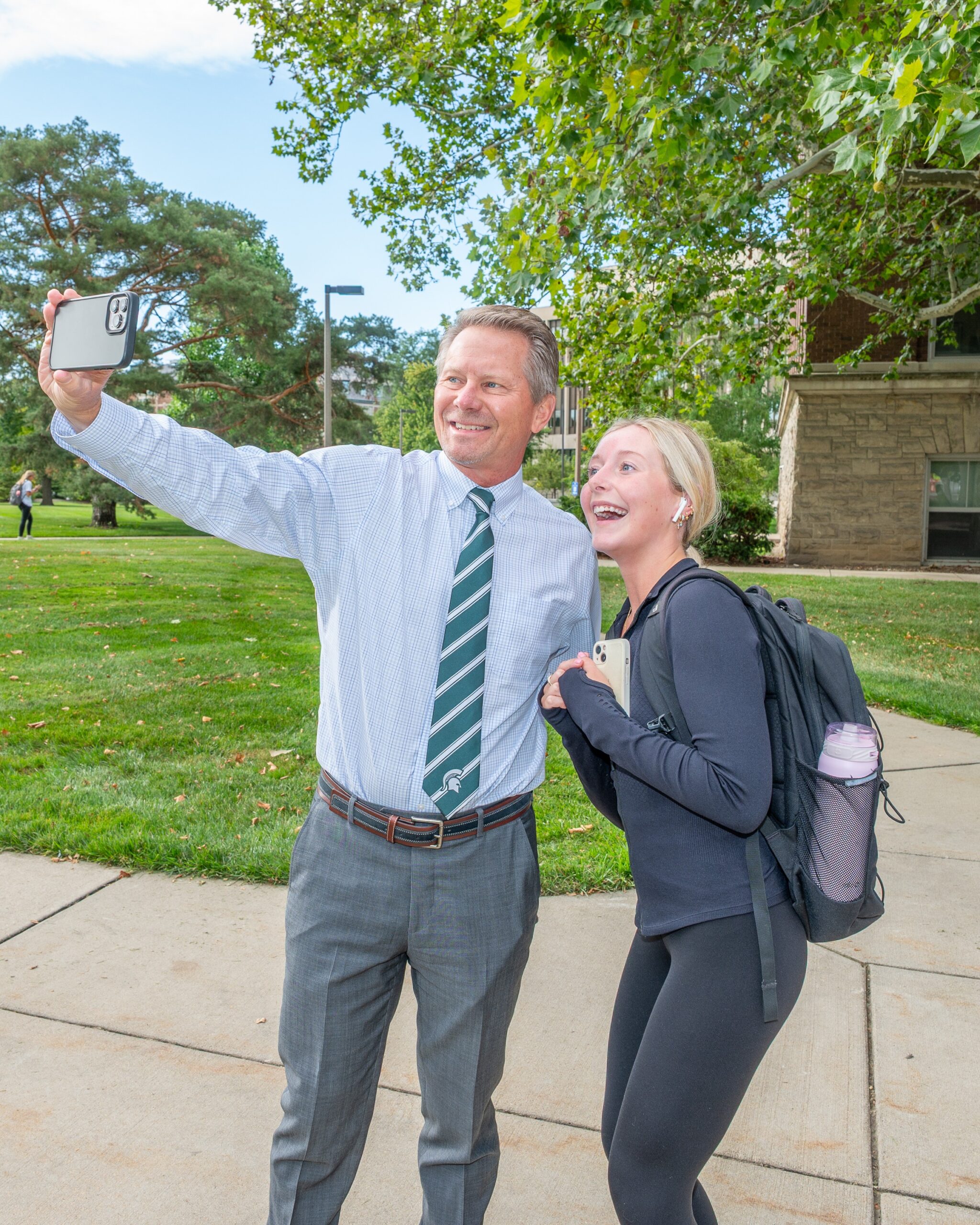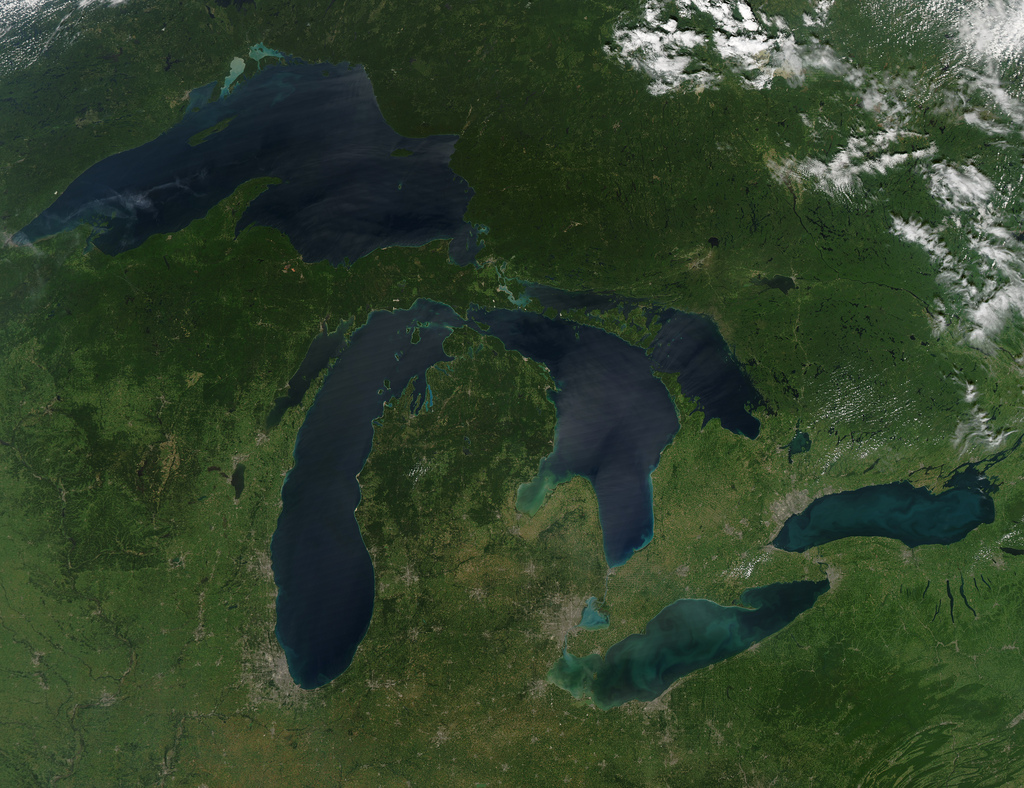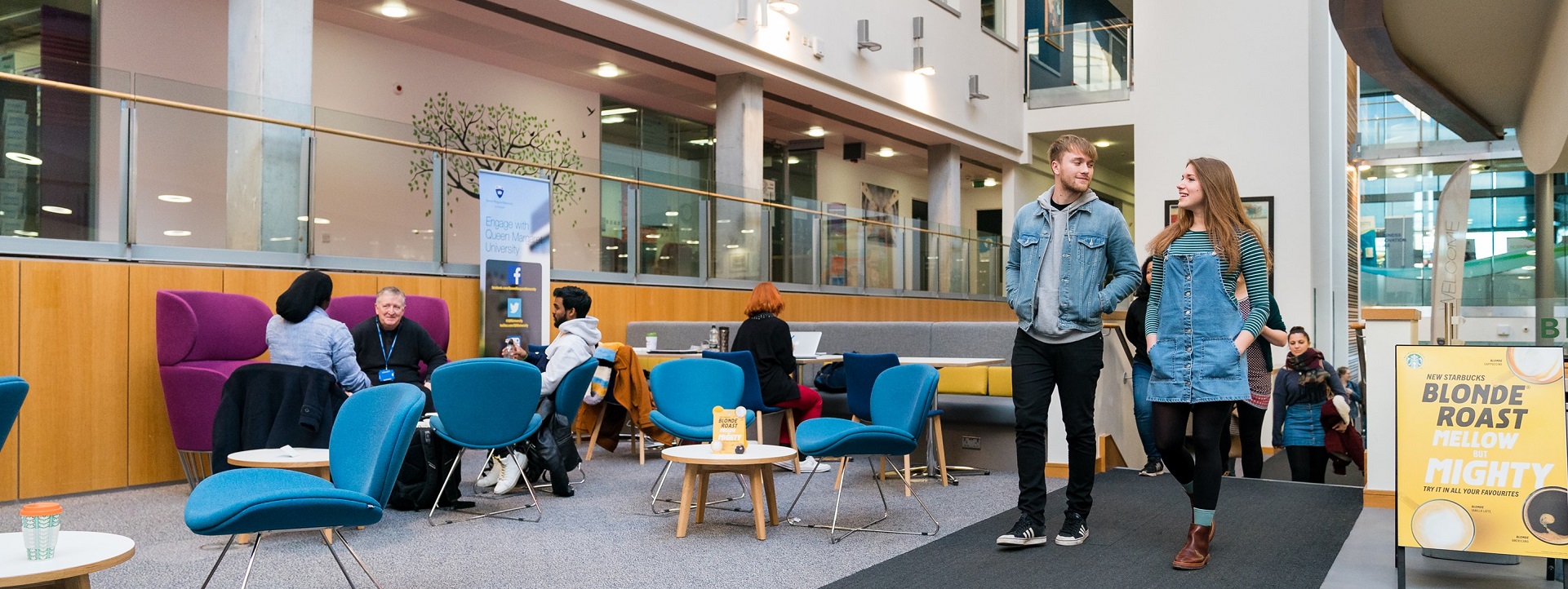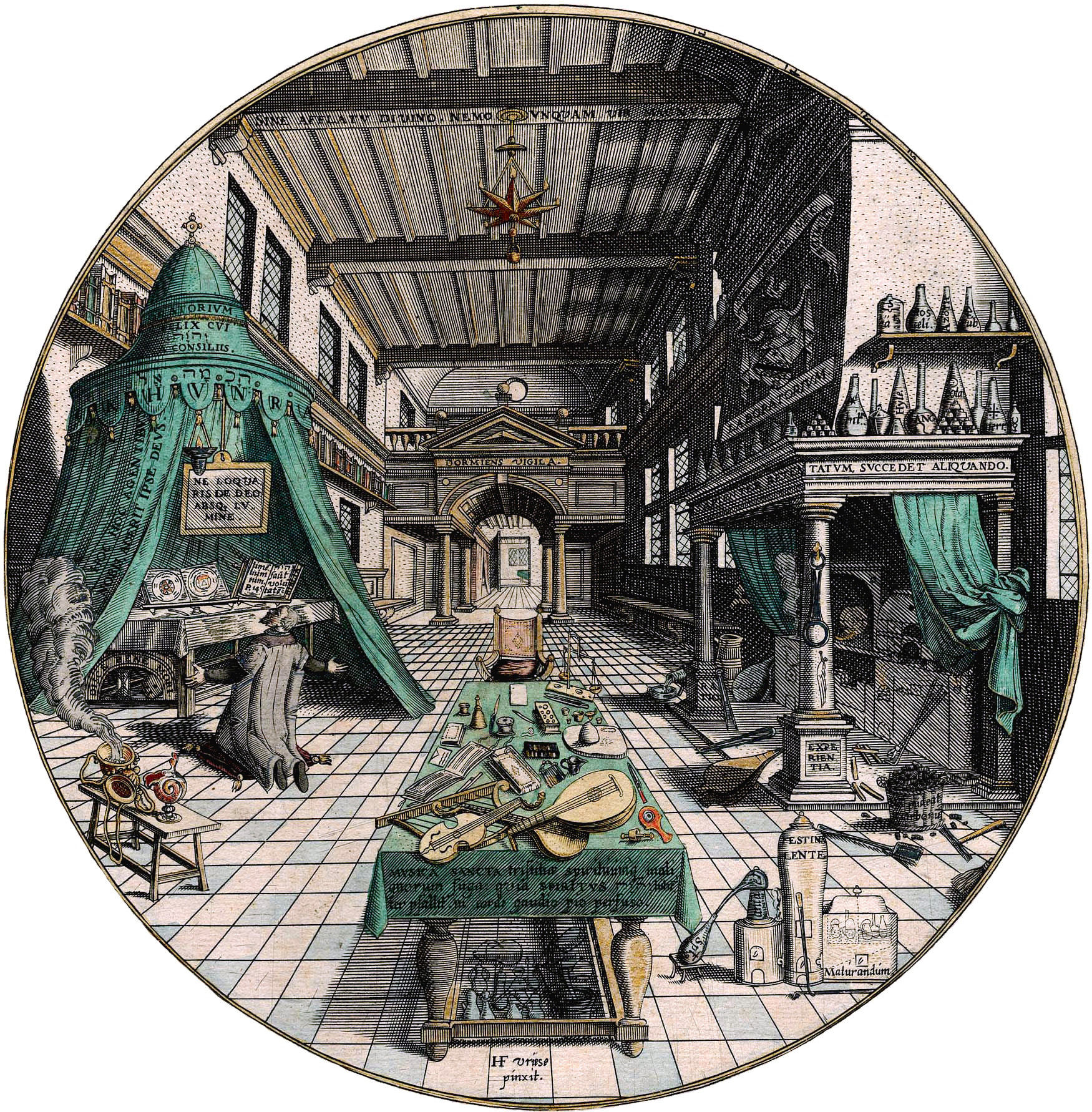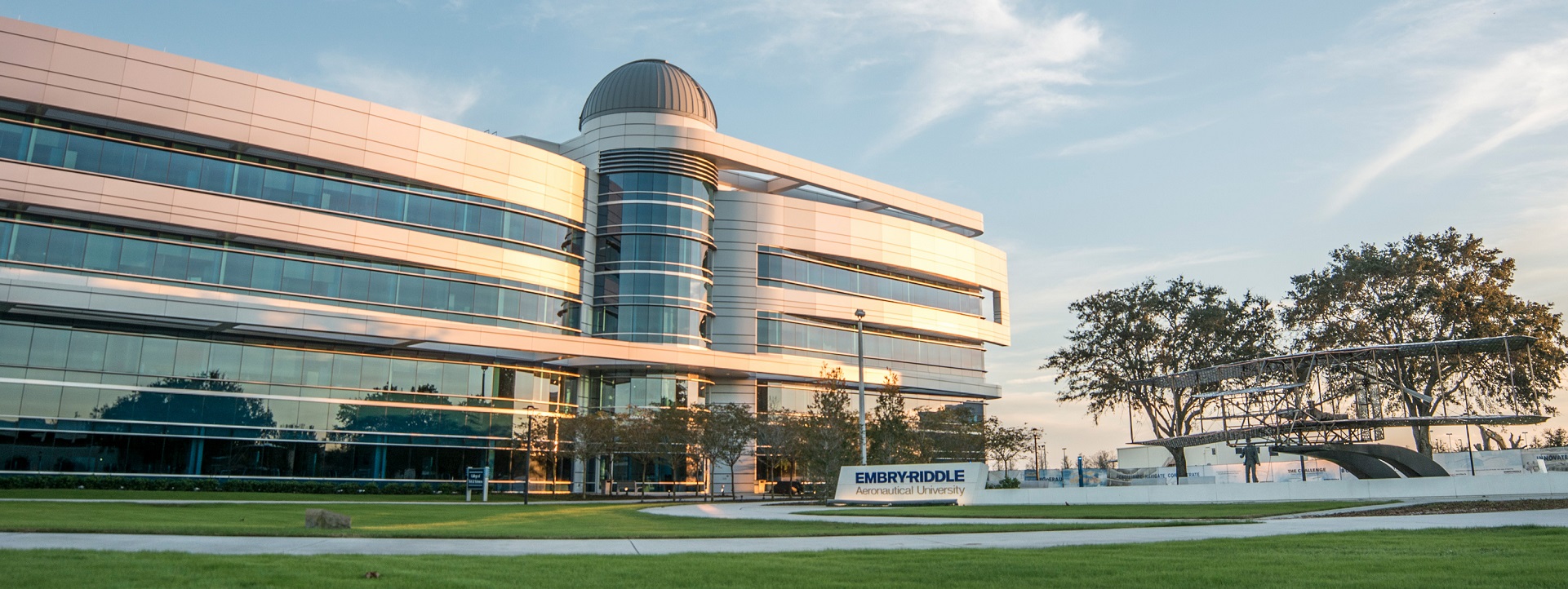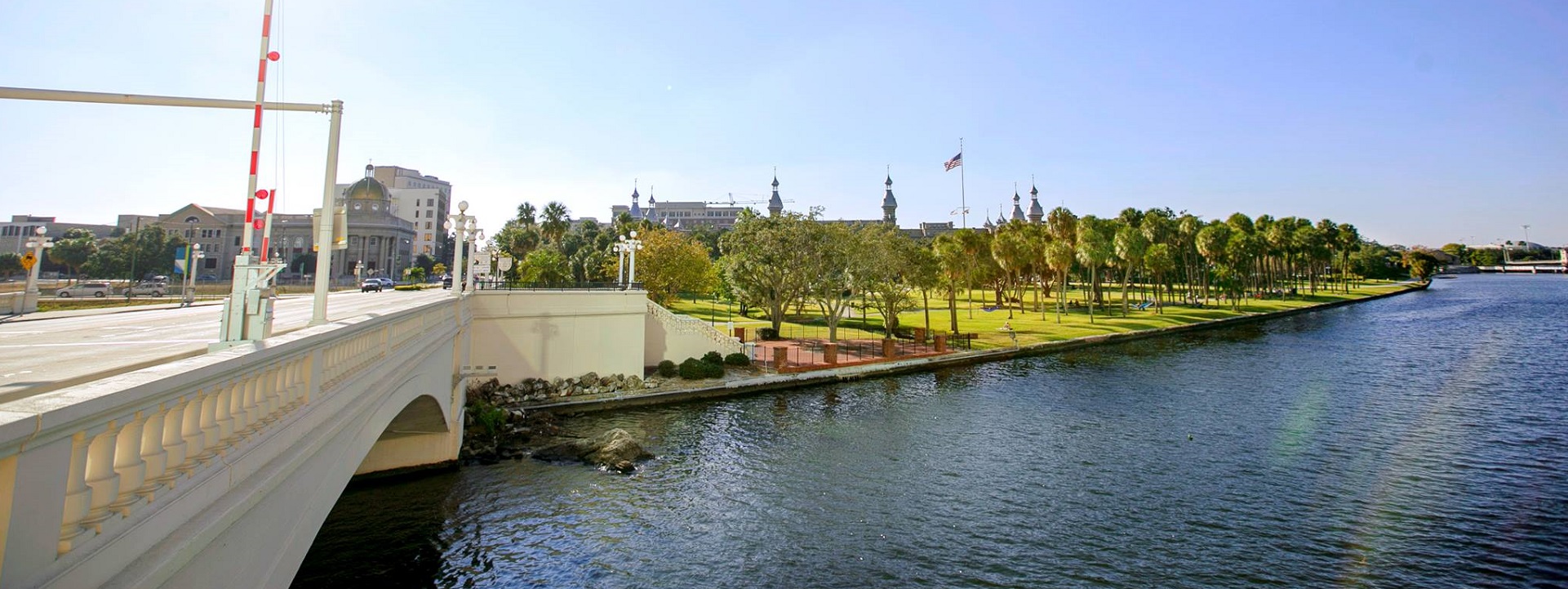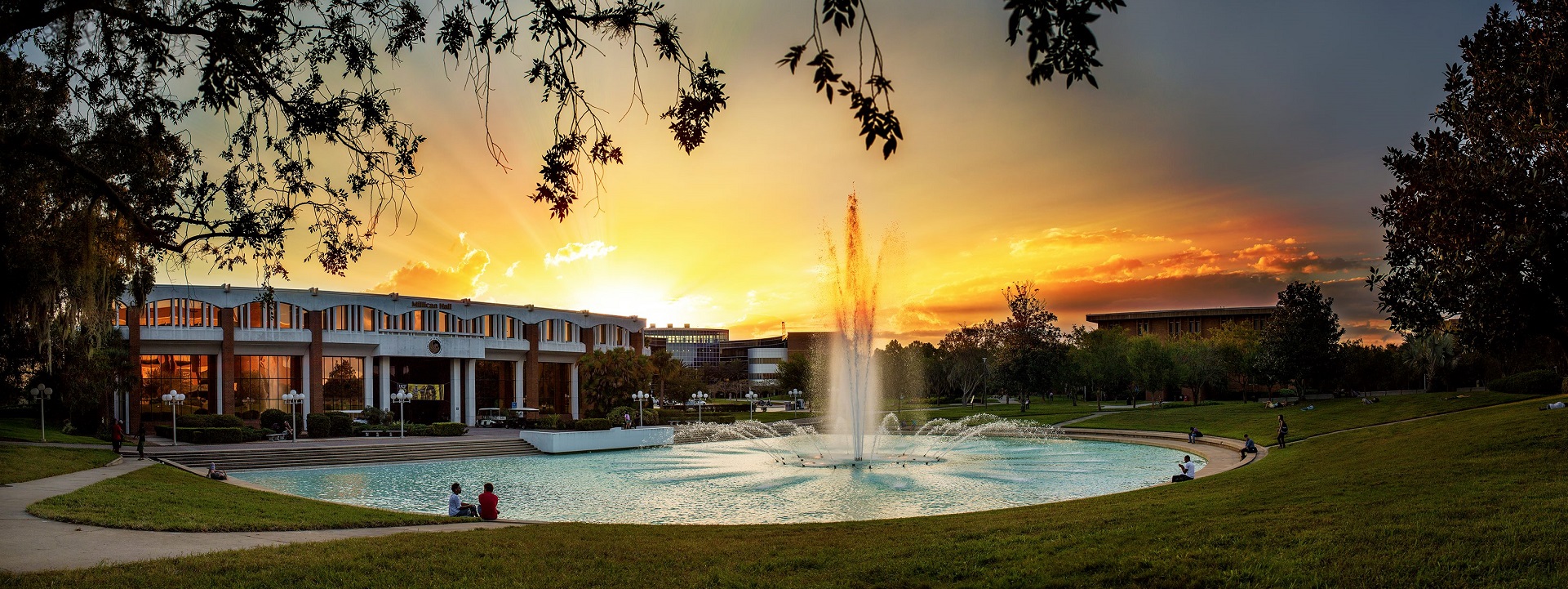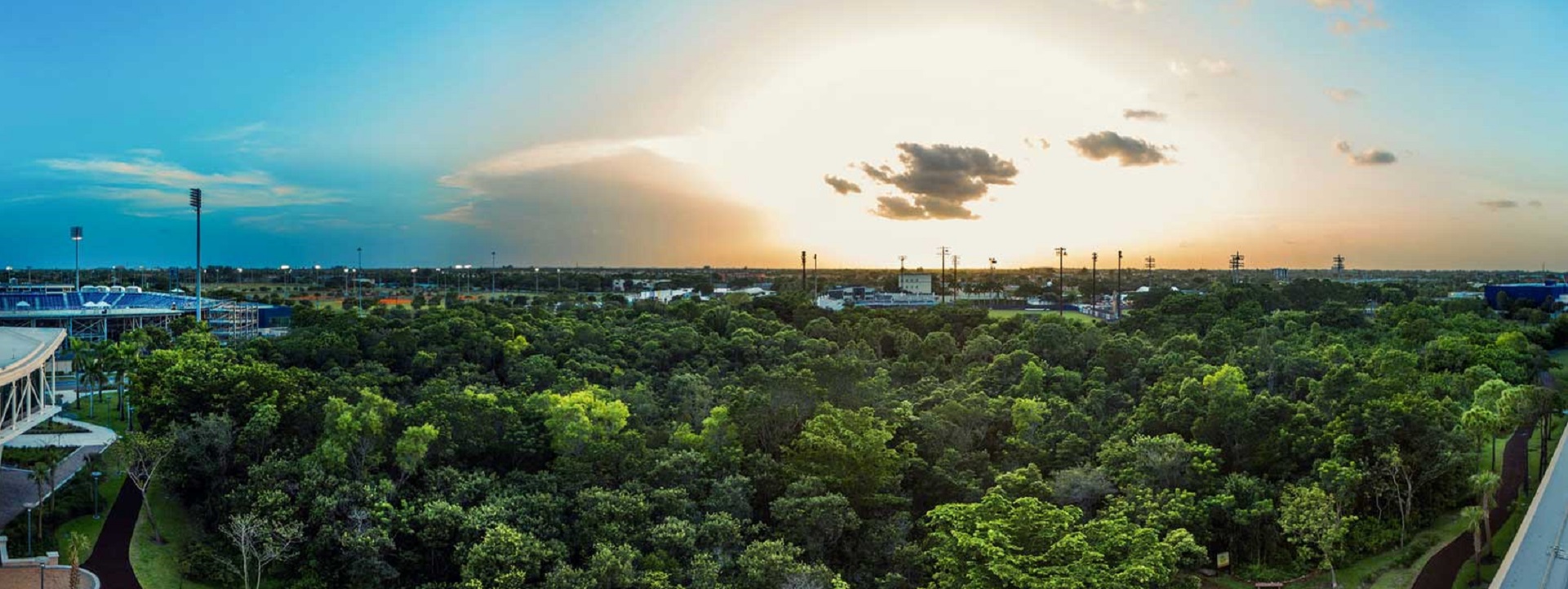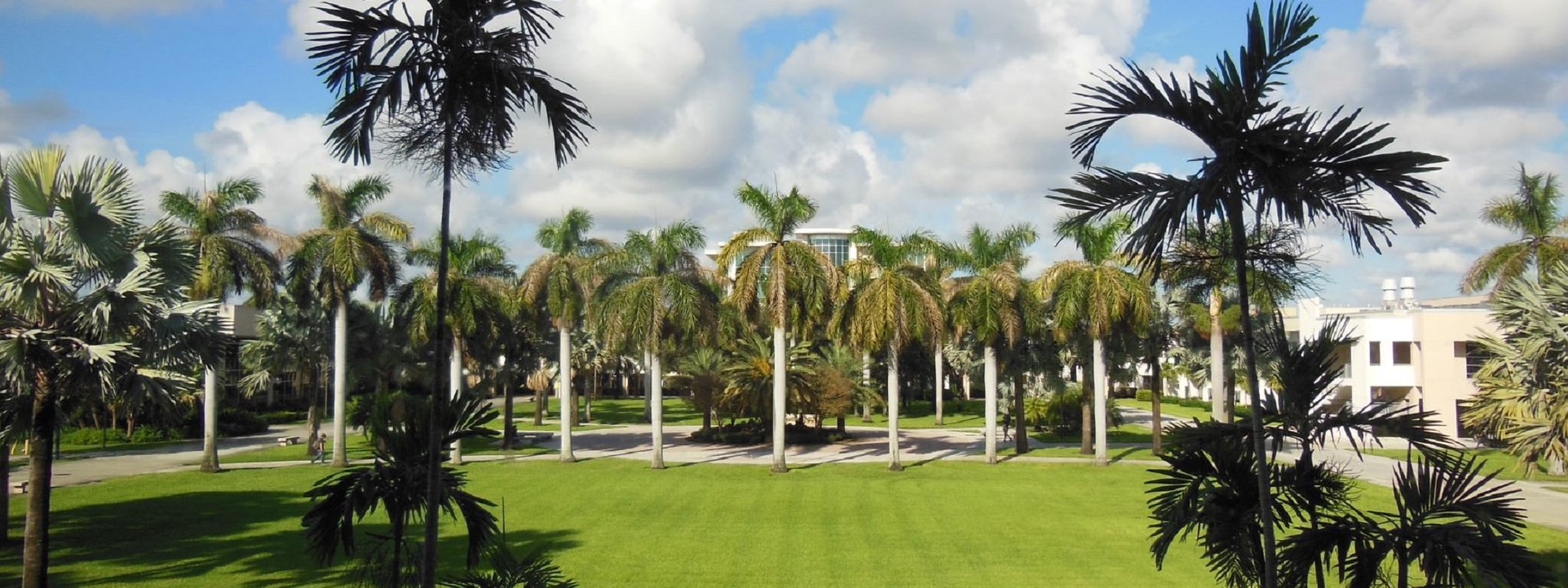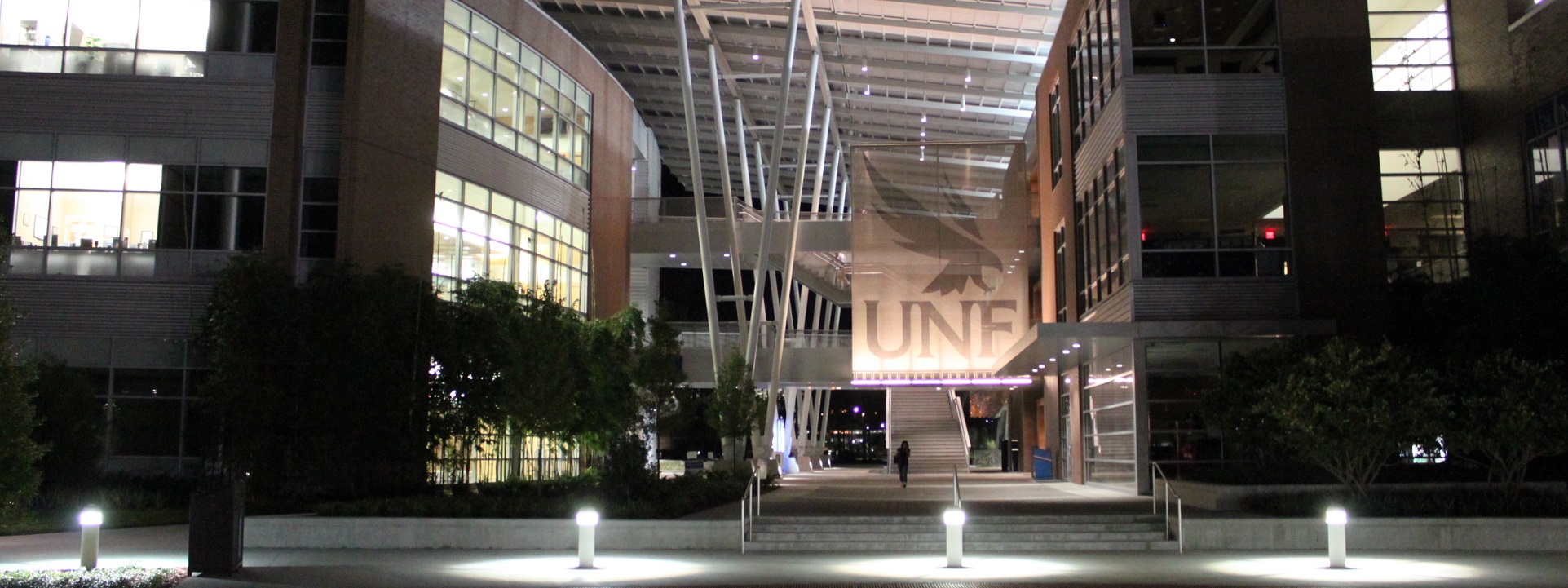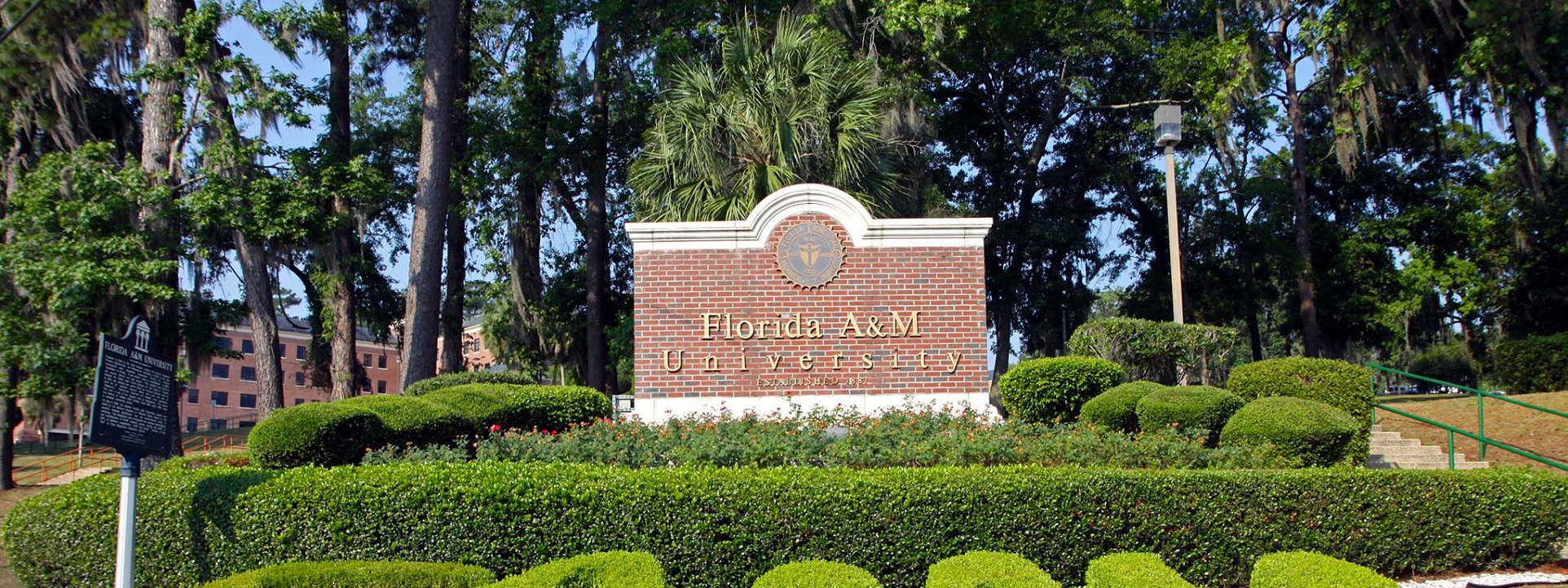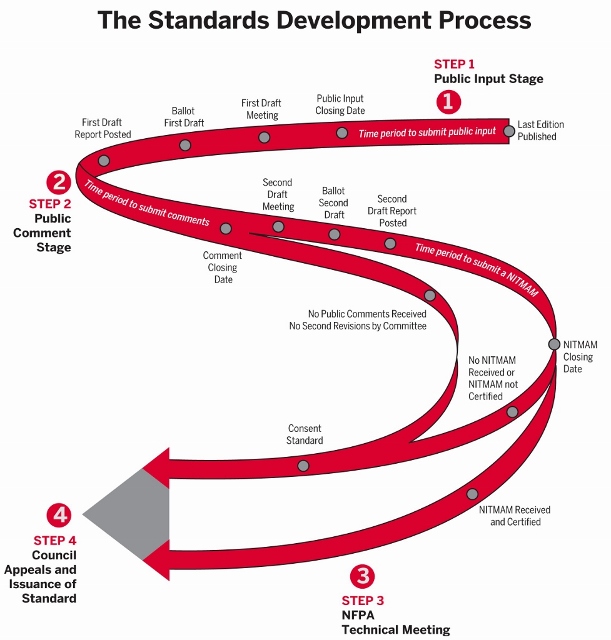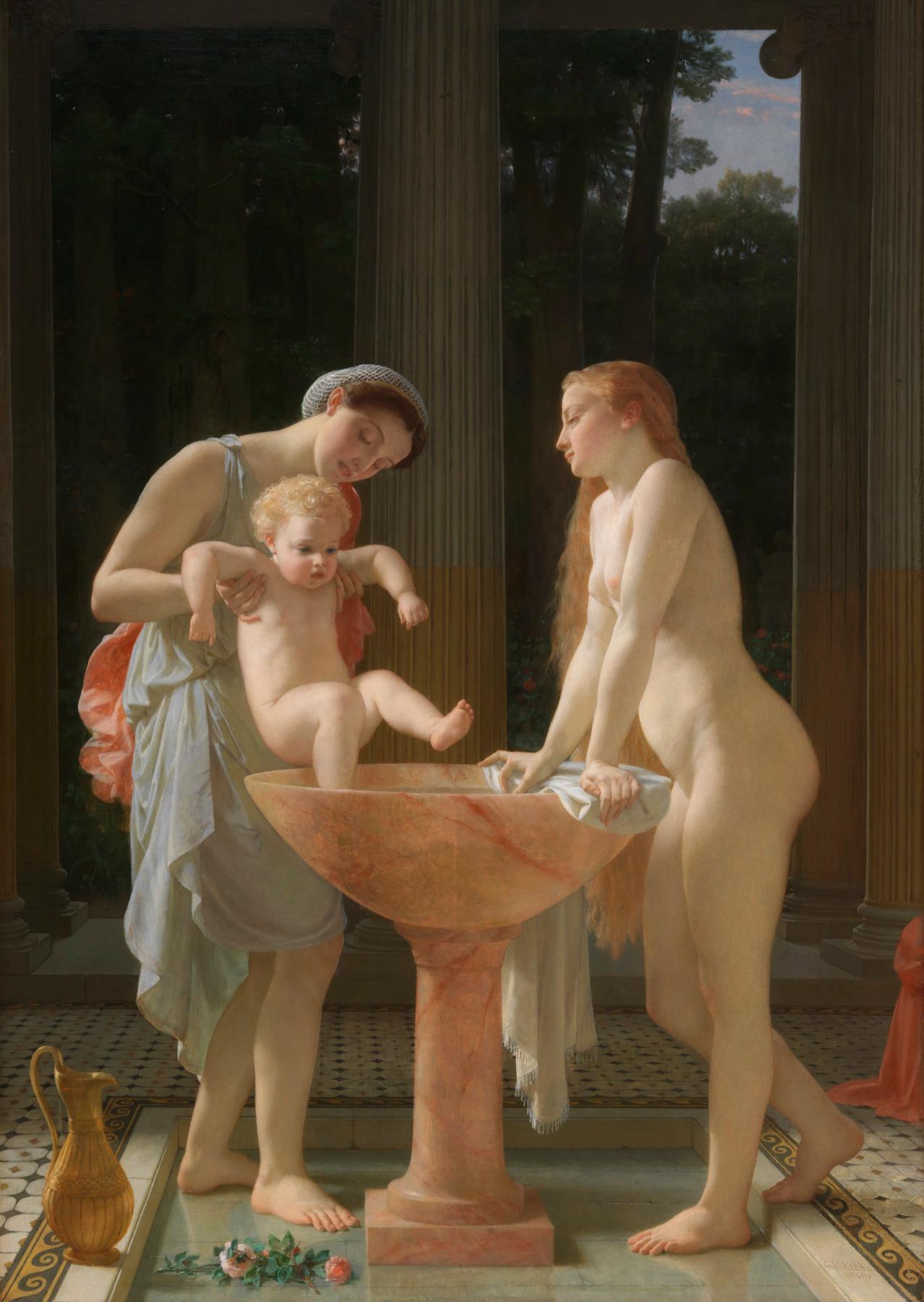Proposed Addendum bx to Standard 90.1-2022, Energy Standard for Sites and Buildings Except Low-Rise Residential Buildings. This second independent substantive change draft addendum on laboratory ventilation. Consultation closes December 21.
Addendum av to ANSI/ASHRAE/IES Standard 90.1-2022, Energy Standard for Sites and Buildings Except Low-Rise Residential Buildings. This addendum creates more exacting provisions for envelope alterations. The new format is intended to better communicate the requirements, triggers, and allowances associated with performing an envelope alteration to promote energy efficiency within the impacted area(s). Consultation closes October 6.
ANSI Standards Action Weekly Edition | Given ASHRAE’s revision redlines are frequently uploaded here
The American Society of Heating, Refrigerating, and Air Conditioning Engineers (ASHRAE) is an ANSI-accredited continuous-maintenance standards developer (a major contributor to what we call a regulatory product development “stream”). Continuous maintenance means that changes to its consensus products can change in as little as 30 days so it is wise to keep pace.
Among the leading titles in its catalog is ASHRAE 90.1 Energy Standard for Sites and Buildings Except Low-Rise Residential Buildings. Standard 90.1 has been a benchmark for commercial building energy codes in the United States and a key basis for codes and standards around the world for more than 35 years. Free access to ASHRAE 90.1 version is available at the link below:
READ ONLY Version of 2022 ASHRAE 90.1
Redlines are released at a fairly brisk pace — with 30 to 45 day consultation periods. A related title — ASHRAE 189.1 Standard for the Design of High Performance Green Buildings — first published in 2009 and far more prescriptive in its scope heavily references parent title 90.1 so we usually them as a pair because 189.1 makes a market for green building conformance enterprises. Note the “extreme prescriptiveness” (our term of art) in 189.1 which has the practical effect of legislating engineering judgement, in our view.
25 January 2023: Newly Released ASHRAE 90.1-2022 Includes Expanded Scope For Building Sites
ASHRAE committees post their redlines at the link below:
Online Standards Actions & Public Review Drafts
Education estate managers, energy conservation workgroups, sustainability officers, electric shop foreman, electricians and front-line maintenance professionals who change lighting fixtures, maintain environmental air systems are encouraged to participate directly in the ASHRAE consensus standard development process.
We also maintain ASHRAE best practice titles as standing items on our Mechanical, Water, Energy and Illumination colloquia. See our CALENDAR for the next online meeting; open to everyone.

Issue: [Various]
Category: Mechanical, Electrical, Energy Conservation, Facility Asset Management, US Department of Energy, #SmartCampus
Colleagues: Mike Anthony, Larry Spielvogel, Richard Robben
Under Construction: ASHRAE WORKSPACE
More
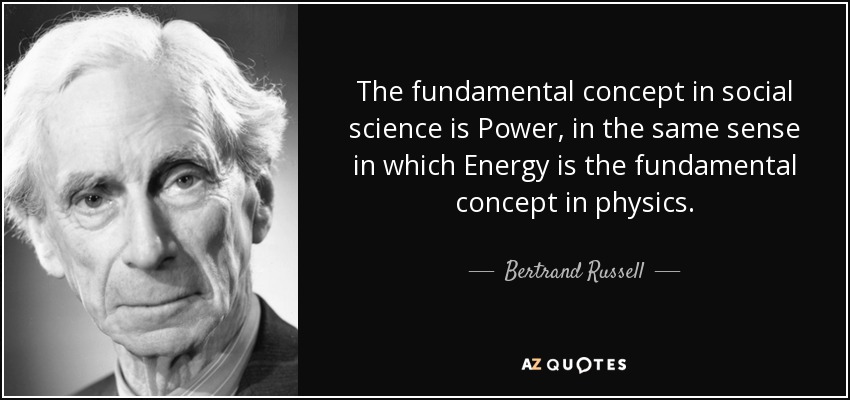
ANSI/ASHRAE/IES 90.1-2019: Energy Standard For Buildings
ARCHIVE 2002-2016 / ASHRAE 90.1 ENERGY STANDARD FOR BUILDINGS
US Department of Energy Building Energy Codes Program
ASHRAE Guideline 0 The Commissioning Process
Why Software is Eating the World
* Many standards-developing organizations aim to broaden their influence by entering the product standard and certification domain. Although our primary focus is on interoperability standards (within a system of interoperable products), we also consider market dynamics when product performance specifications are incorporated by reference into public law.
To paraphrase Marc Andreessen: “Building standards are eating the world and ASHRAE is eating building standards” (– Mike Anthony, University of Michigan). Just when you thought ASHRAE’s claim to energy regulation could not get any larger, it has recently appropriated everything *between* buildings in its scope — that means all above-ground pathway lighting, steam, hot water communication cabling tunnels, water pumps, fire protections systems; among others.



